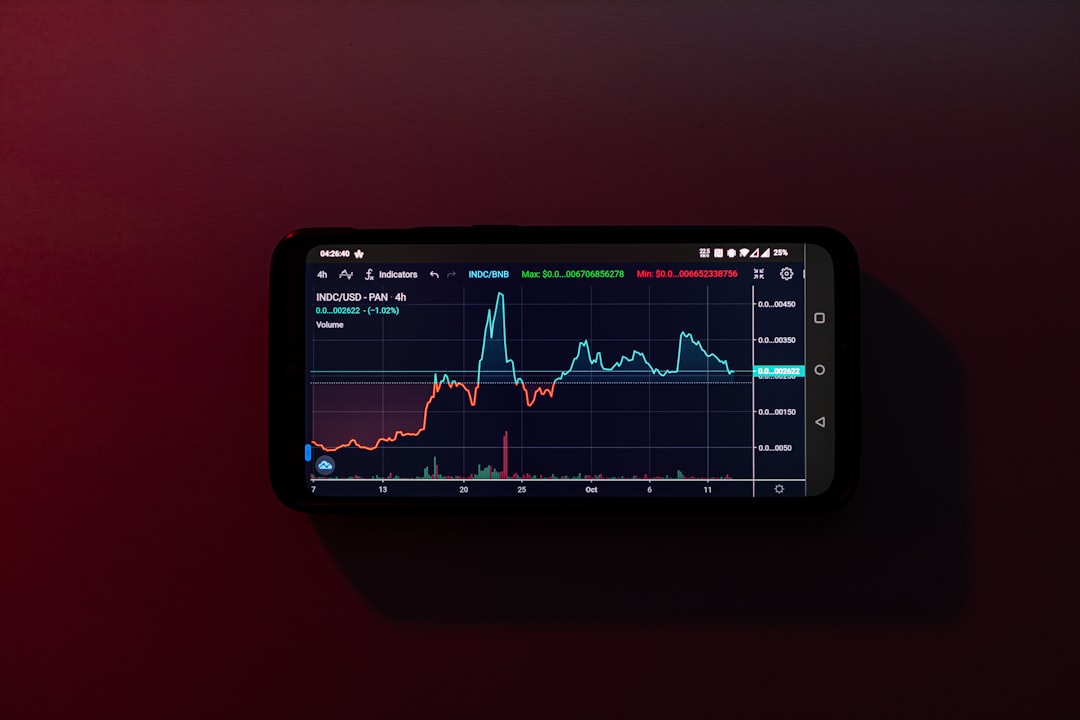Table of Contents
Thank you for visiting to check out this story on WPHorde Testing Grounds! We’re thrilled to have you here and appreciate your time and curiosity in our content. Your support is valuable to us, and we trust you discovered this story both engaging and enjoyable. Don’t forget to check out more of our articlesâwe’re confident you’ll discover something that piques your curiosity. Again, thanks for being part of the WPHorde Testing Grounds community!
In case Events Don’t Go as Planned: SpaceX’s Starlink Mission Derailed
Yesterday, July 11th, a glitch in the higher stage propulsion of a SpaceX Falcon 9 rocket disrupted a mission carrying a group of Starlink satellites, possibly causing notable consequences across the celestial industry. The Falcon 9 launched from Vandenberg Space Force Base in California at 10:35 p.m. Eastern, striving to bring 20 Starlink satellites into orbit, including 13 equipped with direct-to-cell shipments. The mission, designated Team 9 to 3 by SpaceX, initially appeared to move forward as planned.
The rocket’s ascent to orbit was typical, with the first stage efficiently bringing down on a droneship. However, during the first burn of the second stage, observers noticed an unusual accumulation of ice surrounding the cap of the Merlin engine. This anomaly, not usually observed in Falcon 9 launches, did not seem to affect the stage’s immediate performance.
The mission plan included a one-second engine burn 52 minutes and 20 seconds after liftoff to circularize the orbit, followed by the deployment of the Starlink satellites. By the time SpaceX ended its launch webcast, there was no immediate confirmation of these milestones. Hours later, Elon Musk, CEO of SpaceX, took to social media to discuss the situation. He stated, “Upper stage reboot to raise perigee resulted in an engine RUD for reasons currently unknown.” In SpaceX terminology, “RUD” stands for “rapid unscheduled disassembly,” basically meaning an anomaly.
Musk further explained that while the Starlink satellites were deployed, their perigee might be too low for them to sustain orbit. He indicated that more information would be available in the following hours. Jonathan McDowell, an astronomer and spaceflight expert, estimated that the launch had placed the upper stage on an initial transfer orbit of 138 by 295 kilometers before the second, crucial circularization burn. The timing of the engine anomaly during this brief burn would be crucial in determining whether the satellites could avoid an immediate reentry.
After almost an hour spacex posted on X, “During tonight’s Falcon 9 launch of Starlink, the second stage engine did not complete its second burn. As a result, the Starlink satellites were deployed into a lower than intended orbit. SpaceX has made contact with 5 of the satellites so far and is attempting to have them elevate orbit using their ion thrusters.”
This post was originally published on Smell The Musk
Vid Automated – Create Videos with Automation and Picture.
Are you bored of making videos for your business? Take a look at Vid Automated! With our automation tool made possible by the Pictory.AI video creator platform, that lets you produce professional-looking videos in less time than it takes to do it manually. Just upload your video scripts into the form of a zip file, and let Vid Automated do the rest. You’ll be amazed by how quickly and effortlessly you can create videos that make your company stand out from your competition. Save time and boost your video marketing strategies with Vid Automated today!
Let Vid Automated and Pictory Create Your Videos While You Do What Is Important!
